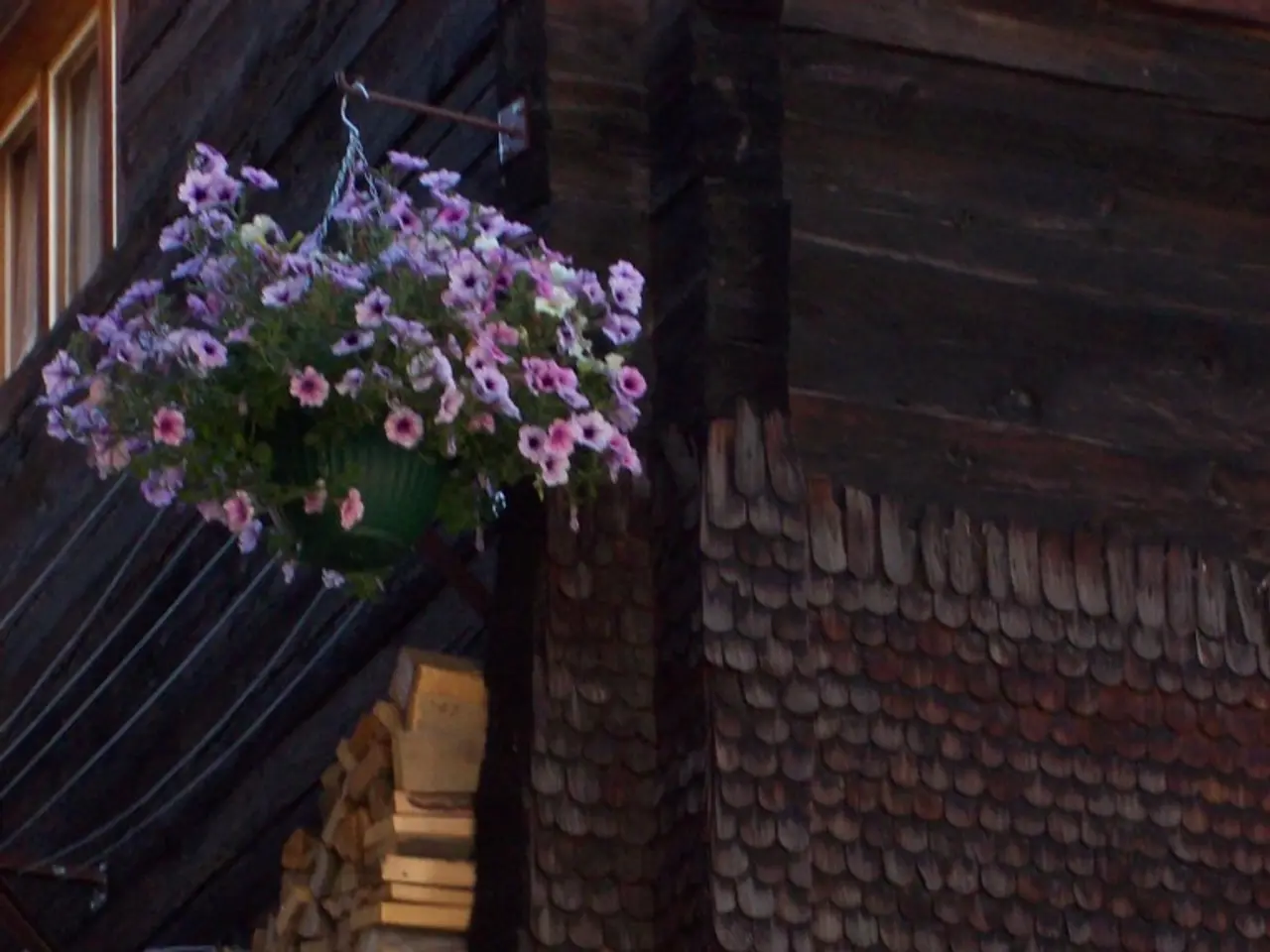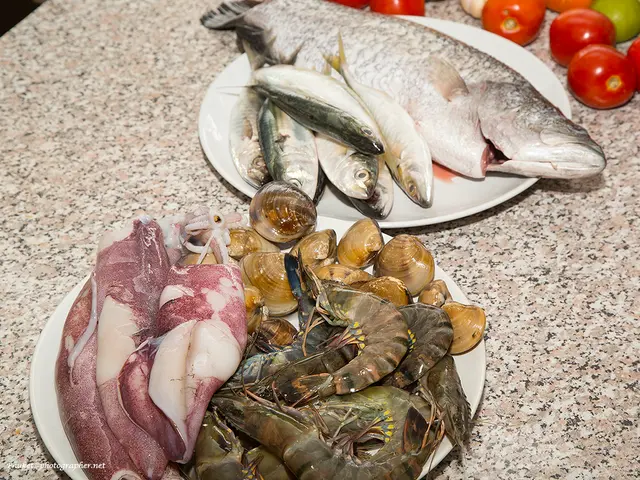Guide for Nurturing a Bonsai Orange Tree
In the world of bonsai, the orange tree is a popular and versatile choice, offering evergreen leaves, fragrant flowers, and small, edible orange fruits. Whether you're a beginner or an experienced bonsai enthusiast, growing an orange tree bonsai can be a rewarding and enjoyable experience. Here's a guide to help you care for your bonsai orange tree, from repotting and shaping to winter care.
**Repotting and Shaping**
Orange tree bonsai should be repotted whenever the root system fills up the container, and the best time to do this is during the summer months. When starting with a sapling, trim about one-third of the roots before placing the tree in its first container. When repotting, replace all of the soil with a lightweight mix designed for indoor plants with good drainage. Trim the roots each time it is repotted, and also before shaping the bonsai if starting with a sapling. Styling an orange tree bonsai can be done using wire to shape the tree, but the tree should have some flexibility. When using wire, loosen it before it becomes too tight and damages the tree.
**Winter Care**
Caring for a bonsai orange tree during winter involves managing humidity, temperature, and lighting to ensure the tree remains healthy and thrives when growth resumes in the spring. Maintain proper humidity by placing the bonsai on a humidity tray or misting it regularly. Keep the tree in a spot with a consistent temperature above 4°C (40°F), avoiding drafts or extreme cold spots. Provide bright, indirect light, and consider using grow lights to supplement the light during winter. Reduce watering frequency but ensure the soil doesn't dry out completely. Avoid fertilizing during the winter months to allow the tree to rest and conserve energy. If you live in an area with frost, protect the tree from frost by moving it to a sheltered location or using a cold frame.
**Additional Tips**
Pruning an orange tree bonsai should be done during the growing season, avoiding removing buds that will develop into fruit later. Watering requires balance, and the soil should not get too dry or excess water should not sit in the pot consistently. When choosing a fertilizer, look for one designed for citrus trees. Orange tree bonsai need humidity, preferably 50 to 70 percent.
**Orange Tree Bonsai: A Timeless Choice**
Orange trees have been grown indoors for centuries, making them a suitable choice for both beginners and experienced bonsai enthusiasts. One of the most commonly selected types for bonsai is the Calamondin orange tree, known for its small size and hardiness. By following these guidelines, you can help your bonsai orange tree survive the winter and flourish when spring arrives.
- In the realm of lifestyle choices, the orange tree is a popular and versatile bonsai option, offering year-round greenery, pleasant aroma, and edible fruits.
- For those embarking on a bonsai journey, nurturing an orange tree bonsai can be a gratifying and delightful experience.
- In the realm of home-and-garden activities, proper repotting and shaping techniques are crucial for caring for your bonsai orange tree.
- Personal growth and self-development can be enhanced by mastering skills such as bonsai care, as seen in the artful shaping and maintenance of an orange tree bonsai.
- In the world of education-and-self-development, understanding the specific needs of citrus trees, like the orange tree bonsai, can be a valuable addition to your knowledge base.
- A career in horticulture could be an appealing job-search prospect for those captivated by the intricacies of caring for plants like the orange tree bonsai.
- In the global marketplace of shopping, high-quality indoor plant soil and specialized fertilizers for citrus trees are essential tools in maintaining a healthy orange tree bonsai.
- Travel experiences can be enriched by visiting regions where the orange tree is native, gaining insights into its traditional uses and cultural significance, such as the Calamondin orange tree in Asia.





